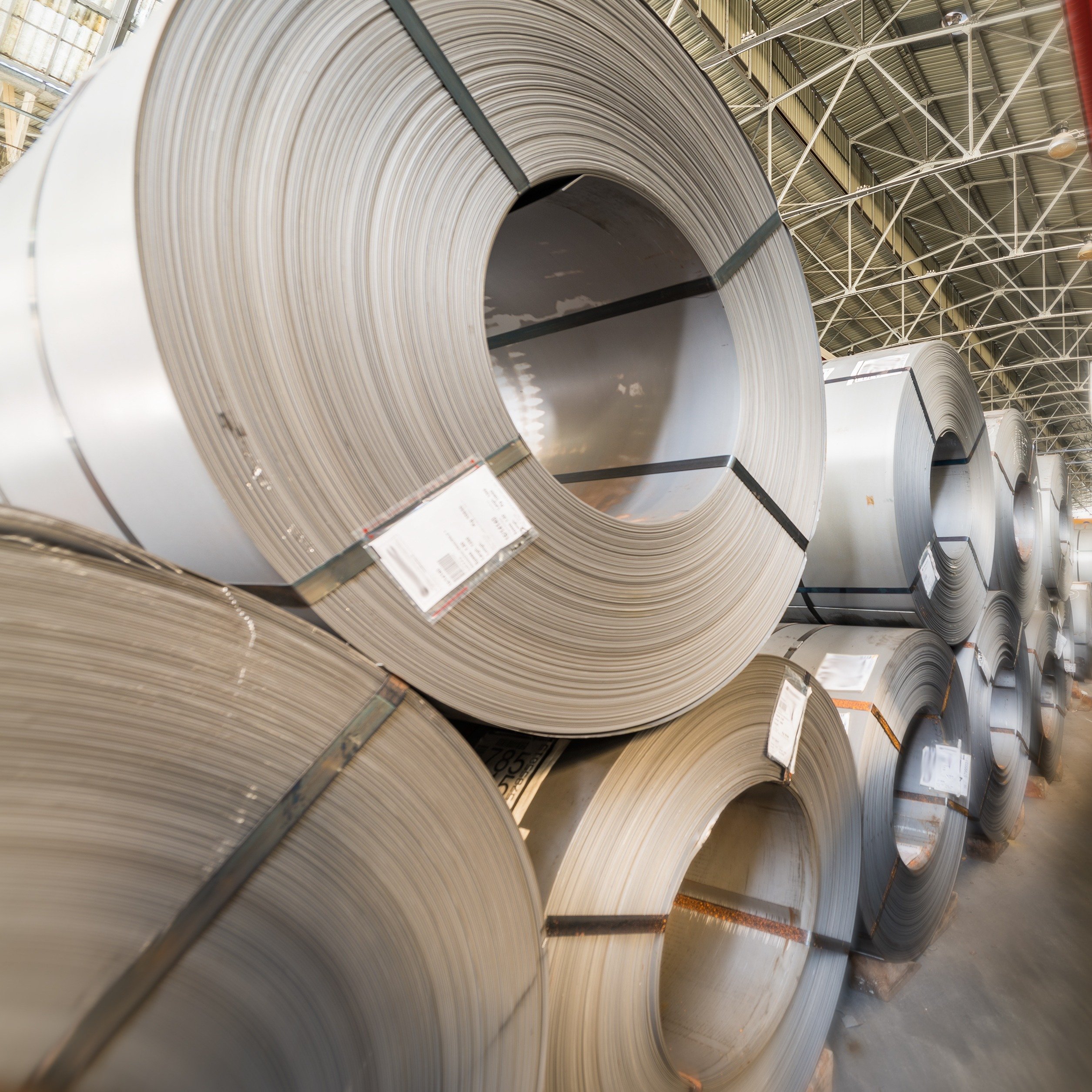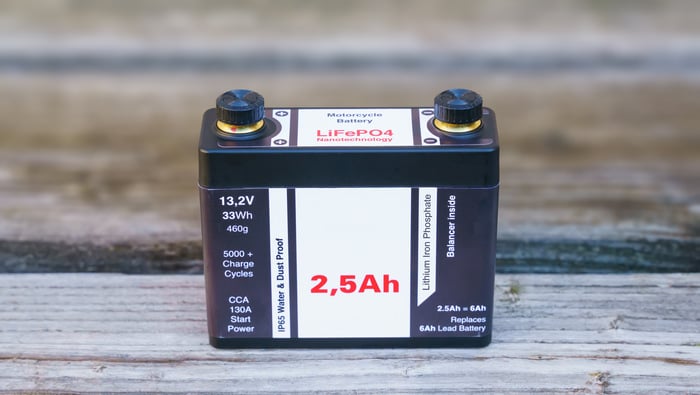Our client, a major Australian coal producer, was requesting an investigation into the key supply and demand drivers for various grades of seaborne thermal coal.
Introduction
This project was raised in response to the narrowing price spread between the high grade benchmark and lower grades of thermal coal. The primary goal of this project was to provide the client with a detailed view and understanding of the key long term supply and demand drivers for the various grades of thermal coal.
Recommendation
Through the analysis involved with this project, CRU was able to develop a comprehensive view of demand through the grade profile of coal likely to be consumed by each region based on the technologies of power plant projects, coal fired electricity demand, environmental policies and economic growth. The analysis focused on mature markets including China, Japan, Korea and Taiwan, as well as developing markets such as South East Asia and India.
Methodology
CRU’s thermal coal demand model derived from primary energy demand provided a detailed outlook for each region by volume. The regional demand for various grades of thermal coal was constructed from global environmental policies, analysis of Australian export trade data, as well as regional analysis on installed coal-fired power plant technology and oncoming units planned and under construction.
CRU Consulting gathered a mine-by-mine supply outlook for major exporting regions using the CRU in-house supply platform. The product breakdown by calorific value in the database allowed for a long term view of the changing profile of coal quality for each producing region.
Outcome
The client was gained clarity in the drivers of the converging spread between various grades of thermal coal from both a supply and demand perspective. The client also gained an insight into the consumption trends of traditional target markets of North East Asia as well as the forecast demand volumes and grades of emerging South East Asian markets. This comprehensive analysis provided the client with a degree of market transparency specific to their product to support current and potential projects.









